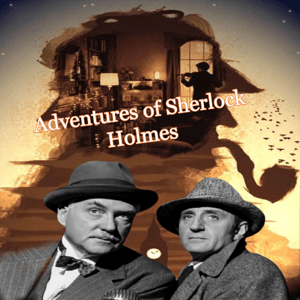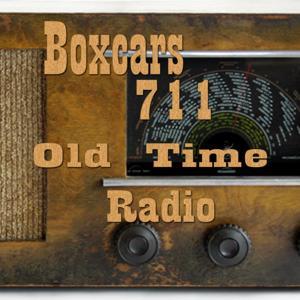🎙️ This Radio Show Terrified America for 20 Years – Can You Handle It?
Suspense: The Theatre of Thrills — Tonight on Brett’s Old Time Radio Show
Hey, radio fans! I’m Brett, welcome back to Brett’s Old Time Radio Show, broadcasting tonight from my studio overlooking the dark waters of Lyme Bay… fitting for what’s in store. 🌌
Tonight, we’re diving into the legendary CBS series that defined terror for a generation—the iconic Suspense. With gripping storytelling, haunting sound design, and the biggest names in Hollywood, this was more than a radio show—it was America’s weekly appointment with fear. 👀🔊
So grab a cup of something warm, dim the lights, and get ready to experience a broadcast so intense… it was known as “Radio’s Outstanding Theatre of Thrills.”
🎧 Listen, Follow, Share:
📍 All my links & platforms:
👉 www.linktr.ee/brettsoldtimeradioshow
📸 Instagram, TikTok, YouTube:
📩 Got thoughts or feedback?
📻 Tonight’s Feature: Suspense (1940–1962)
Hollywood stars like Cary Grant, Judy Garland, and Orson Welles
Iconic episodes like Sorry, Wrong Number and The Hitch-Hiker
Introduced by the chilling voice of The Man in Black
Produced by greats like William Spier and scored by Bernard Herrmann
Over 900 episodes of high-stakes drama, horror, and psychological thrills
This wasn’t just radio. It was edge-of-your-seat entertainment that still holds up decades later.
#OldTimeRadio #SuspenseRadio #VintageThriller #GoldenAgeOfRadio #ClassicHollywood #TrueAudioHorror #RadioDrama #RetroPodcast #OTRThrills #NostalgiaVibes #Devon




































